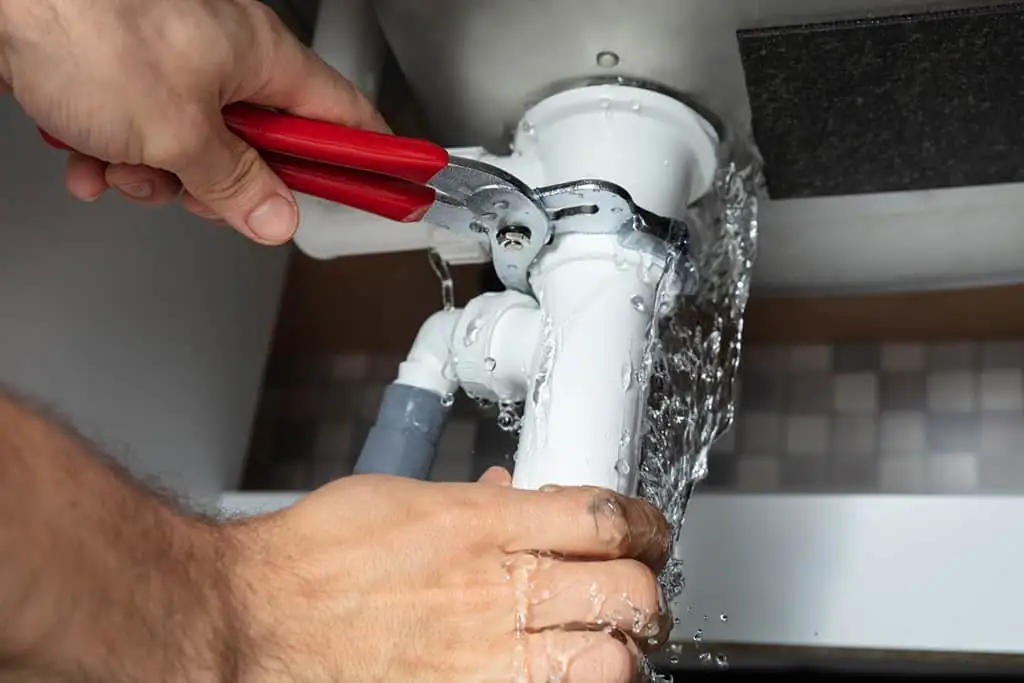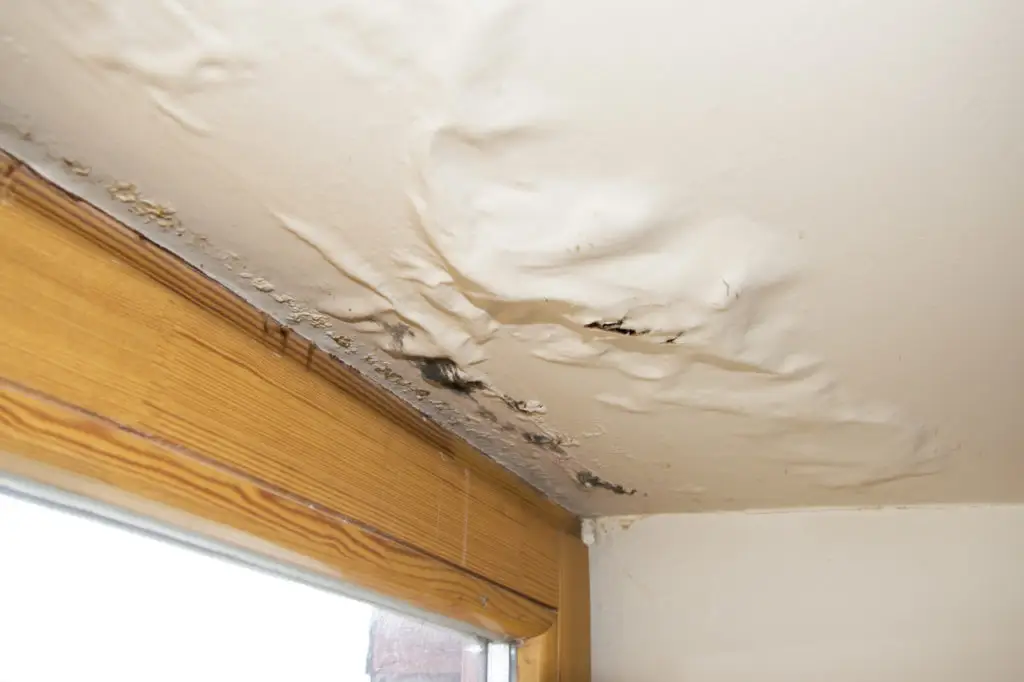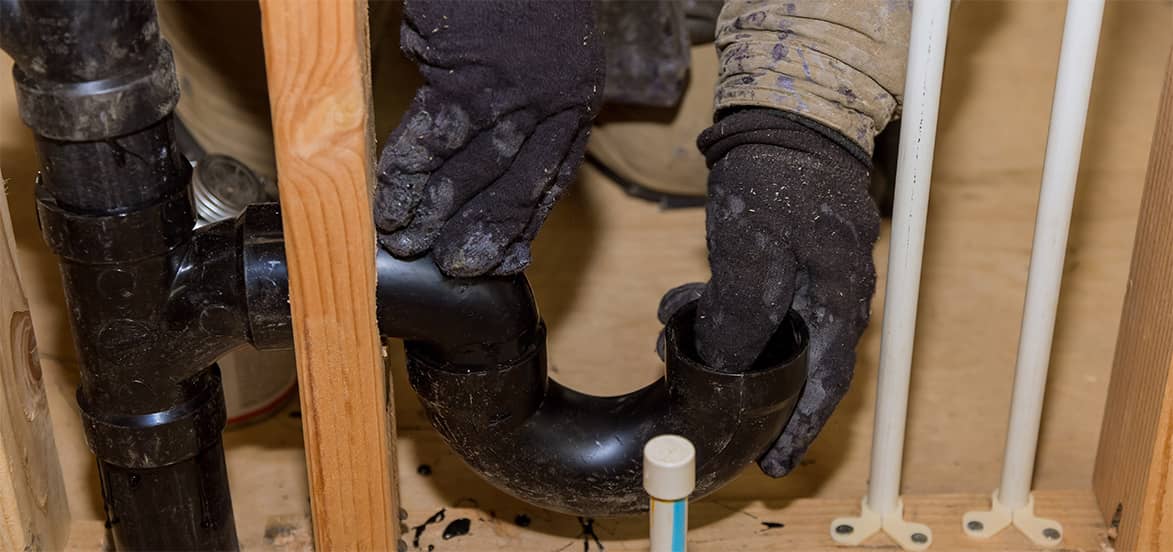Avoid These 5 Common Mistakes When Facing a Plumbing Emergency
A burst hose at midnight or a toilet backing up on a holiday can freeze any homeowner. In the first few frantic minutes, choices that feel logical, like pouring cleaner down a drain or wrapping a towel around a leak, often backfire and turn a minor crisis into a costly overhaul. Knowing which reflexes to ignore and which actions truly protect your home buys you precious time until help arrives. Remember these common missteps so you can trade panic for a calm, measured response.
Recommended reading: 5 reasons why you need an emergency plumber
Mistake #1: Forgetting the Main Shut-Off Valve
Many people scramble for towels before twisting the one handle that can stop the flood: the main water shut-off. Every home has one, usually near the water meter or where the main line enters the house, but it’s easy to overlook in the chaos. Turning that valve clockwise immediately cuts off the water supply and limits damage to what has already spilled. Once the flow stops, you can breathe, assess the scene, and call a professional without watching water creep across the floor.
If you have never located that valve, make it a weekend project to find it, clear away any boxes or debris, and tag it with a bright label. Practice turning it a quarter-turn so corrosion doesn’t weld it in place when you truly need it. Teach family members where and how it feels to close; a teenager who can shut the valve while you grab towels is worth their weight in drywall repair. Today’s few minutes of preparation can shave thousands off tomorrow’s repair bill.
Mistake #2: Grabbing Chemical Drain Cleaners for a Backup
Thick commercial cleaners promise a quick fix, yet they merely sit atop the clog in an active backup, creating a pool of caustic liquid. When a plumber later removes the blockage, those chemicals splash back, endangering skin, eyes, and lungs. A plunger or wet-vac offers safer first aid; waiting for professional equipment is the wiser choice if those tools fail. Chemicals may seem like a shortcut, but they often corrode pipes and complicate repairs.
Enzyme-based cleaners, while milder, work too slowly for a true emergency and still risk pushing debris deeper. If you have a septic system, caustic products can kill the beneficial bacteria that keep your tank functional, adding another expensive problem. Instead, relieve pressure by shutting off the fixture’s supply valve and avoid running water anywhere that shares the drain line. Keeping the chemical aisle out of your cart saves your plumbing and plumber.
Mistake #3: Relying on Duct Tape and Hope
A strip of tape around a pinhole leak can slow the drip, but water pressure builds behind that patch like air in a balloon. Minutes or hours later the tape fails, unleashing a stronger jet than before and soaking areas you thought were safe. Instead, turn off the closest isolation valve, open a downstream faucet to relieve pressure, and place a bucket under the leak. Temporary containment, not a sticky bandage, keeps the problem from escalating.
If you need a sturdier stopgap while waiting for the plumber, a store-bought pipe clamp or a wrap of plumber’s epoxy will hold far better than duct tape. These products are designed to bite into wet metal and withstand moderate pressure for a short period. They won’t replace a professional repair, but can spare you from replacing drywall and flooring. Keep a small emergency repair kit with clamps, epoxy, and a wrench next to the shut-off wrench for peace of mind.
Mistake #4: Waiting to See If the Leak “Settles Down”
Water has a stubborn habit of worsening when ignored, especially inside walls where you can’t track its path. Delaying a call in hopes the drip will slow gives moisture time to soak insulation, warp studs, and breed mold. Insurance adjusters often ask when the homeowner first noticed the issue; a prompt call shows you acted responsibly. Even if the leak slows, hidden damage marches on, so reaching out quickly protects your home and policy.
Moisture meters are inexpensive and easy to use. Press one against drywall, and you’ll know within seconds if water spreads beyond what you can see. Catching a slow leak at ten percent moisture instead of twenty can prevent mold remediation that costs more than the original pipe repair. Plumbing companies often prioritize customers who call at the first sign of trouble, meaning a faster appointment and a smaller invoice. Acting early turns a lurking disaster into a manageable fix.
Mistake #5: Overlooking Electrical and Slip Hazards
Knee-deep water draws attention to furniture and keepsakes, yet the silent danger may be live wiring at ankle height or slick tile beneath a spreading puddle. Before mopping, switch off electricity to the affected circuits at the breaker panel and wear shoes with good tread. Keep children and pets away until the area is dry and safe. A cautious pause to address hidden hazards prevents injuries that no plumbing bill can match.
If water has reached outlets or appliance cords, do not touch them; call a licensed electrician or wait for your plumber to advise you. Rubber-soled boots and insulated gloves add another layer of protection while you move valuables. Once the scene is secure, place old blankets on traffic paths to reduce slips and absorb splashes. Safety first ensures you greet the plumber upright and uninjured.
Allstar Plumbing Is a Call Away
In a genuine emergency, the most brilliant move is to contain what you can and hand the problem to experts who do this daily. Allstar Plumbing’s emergency team arrives fast, shuts down the source, and repairs the damage with lasting solutions, not quick patches. We bring industrial tools, protective gear, and decades of experience that turn chaos into calm. Save our number now, and when water takes you by surprise, let our professionals restore safety and peace of mind.
Frequently Asked Questions
Q: How quickly should I shut off the main valve during a leak?
A: When you notice uncontrolled water, head for the main valve and close it; every extra minute can mean gallons of water soaking drywall and flooring. After the valve is off, open a faucet on the lowest level to drain residual pressure and slow any remaining drips.
Q: Is it safe to use my garbage disposal when the sink backs up?
A: Running the disposal while water sits in the basin can force debris deeper into the drain and strain the motor. Turn off the disposal’s power, try gentle plunging, and if water still stands, call a plumber.
Q: What can I do if I smell sewage inside the house?
A: A sewer odor signals a venting problem or a significant blockage that can let harmful gases into living spaces. Open windows for ventilation, avoid using water fixtures, and contact an emergency plumber immediately.
Q: Will homeowners’ insurance cover an emergency plumbing visit?
A: Most policies cover sudden, accidental water damage, like a burst pipe, but not gradual leaks or neglect. Call your insurer as soon as possible and document the damage with photos before cleanup begins. Professional plumbers provide invoices and repair notes that help validate your claim and speed reimbursement.
Q: How much does it cost to replace a sewer line?
A: Sewer line replacement typically costs between $3,000 and $25,000, depending on pipe length, depth, location, and trenchless technology.






